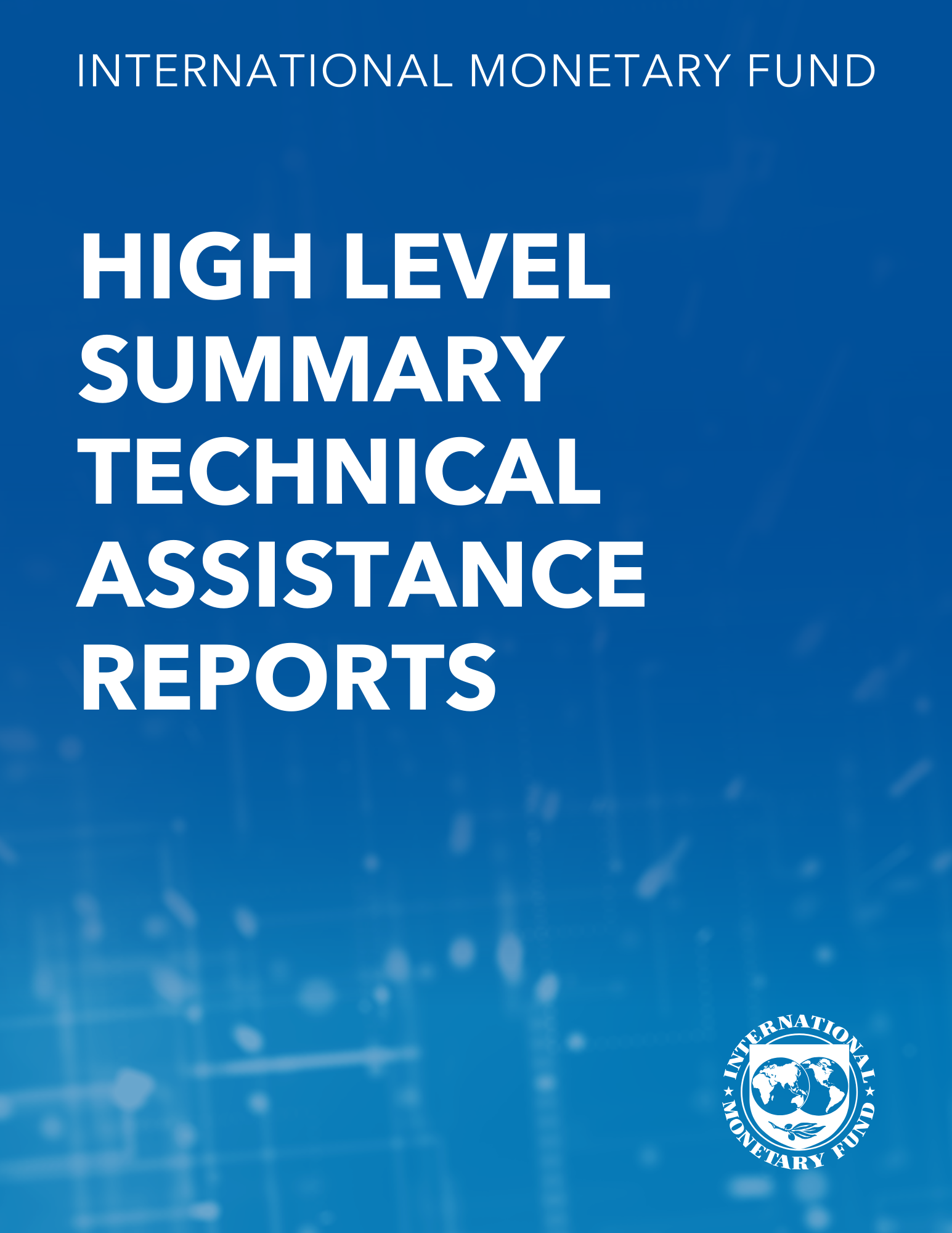Is the Exchange Rate a Shock Absorber? the Case of Sweden
December 1, 1997
Disclaimer: This Working Paper should not be reported as representing the views of the IMF.The views expressed in this Working Paper are those of the author(s) and do not necessarily represent those of the IMF or IMF policy. Working Papers describe research in progress by the author(s) and are published to elicit comments and to further debate
Summary
This paper uses a structural vector autoregression representation of the Mundell-Flemming model to analyze the determinants of movements in Sweden’s real exchange rate. It finds that, while (supply and demand) shocks account for over 60 percent of the forecast error variance, comparable to several Economic and Monetary Union (EMU) countries, demand shocks account for a higher fraction of these real shocks in Sweden than in those core countries. If real demand shocks result from controllable macroeconomic policies, the cost of relinquishing the exchange rate is no higher, and may be lower, for Sweden than for most core EMU countries.
Subject: Economic theory, Exchange rates, Foreign exchange, Government consumption, National accounts, Real effective exchange rates, Real exchange rates, Supply shocks
Keywords: core EMU country, demand shock, exchange rate, Exchange rates, forecast error variance decomposition, Government consumption, nominal shock, Phillips-perron test statistics, Real effective exchange rates, Real exchange rates, single currency, supply shock, Supply shocks, Sweden demand shocks, WP
Pages:
22
Volume:
1997
DOI:
Issue:
176
Series:
Working Paper No. 1997/176
Stock No:
WPIEA1761997
ISBN:
9781451975499
ISSN:
1018-5941






